 Sideway
BICK BLOG from Sideway
Sideway
BICK BLOG from Sideway
|
Link:http://output.to/sideway/default.asp?qno=101000018 Impedance Tube Impedance TubeThe impedance tube can be used to measure the absorption coefficient of a material. The structure of the impedance tube compose of a rigid tube with a heavy rigid sample holder at one end to hold the testing sample and a loudspeaker is fixed at the other end as the sound source at individual frequencies. A microphone probe is used to measure the acoustic level in the tube along the axis. The lower frequency should be at least three quarters of the wavelength inside the tube, and the upper frequency is limited by the diameter of tube and is equal to 1.84c/πd. 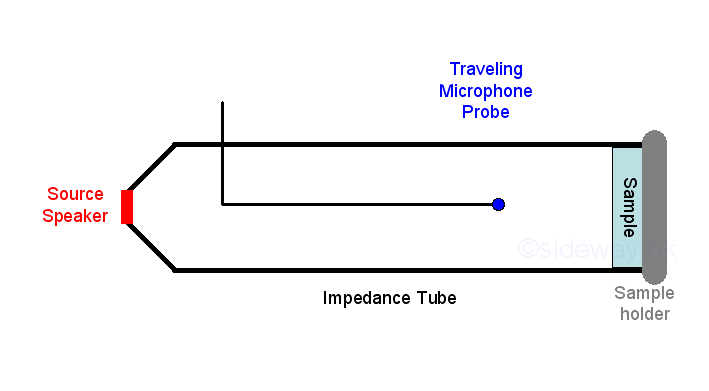
The impedances of the mediums are: 
The specific acoustic impedance ratio of the sample is: 
Amplitude of Total Pressure The amplitude of the total pressure is 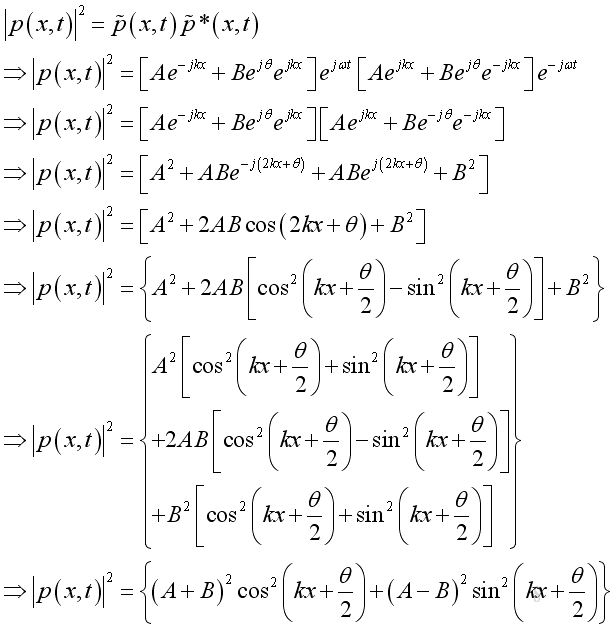
The maximum amplitude of the total pressure is : 
The minimum amplitude of the total pressure is : 
Sound Power Absorption Coefficient The sound power reflection coefficient is: 
Let the ratio of measured maximum amplitude over minimum amplitude be S, imply 
Therefore pressure reflection coefficient is 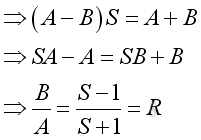
And the sound power absorption coefficient is 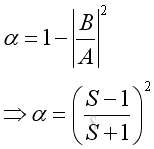
Impedance of Absorption Material From the amplitude of the total pressure, the requirment for first maximum closest to the termination is : 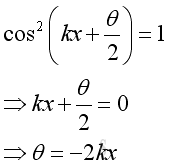
x is on the left of the boundary, therefore 
If the first extreme is a minimum: 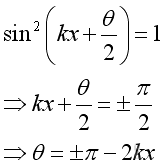
Substitute into the specific acoustic impedance ratio of the sample and get 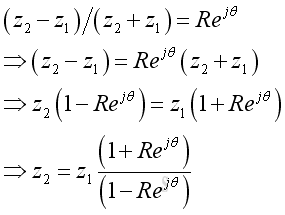
Two microphone method The pressure signals is measured by two microphones in fixed positions with a distances away from the sample surface. A transfer function can relate the measurements of two microphones and determines the relative magnitude and phase of the reflection coefficient as a function of frequency. And the impedance can then be found from the reflection coefficient. |
Sideway BICK Blog 18/10 |
|||||||||||||||||||||||||||||||||||||||||||||||||||||||||||||||||||||||||||||||||||||||||||||||||||||||||||||||||||||||||||||||||||||

